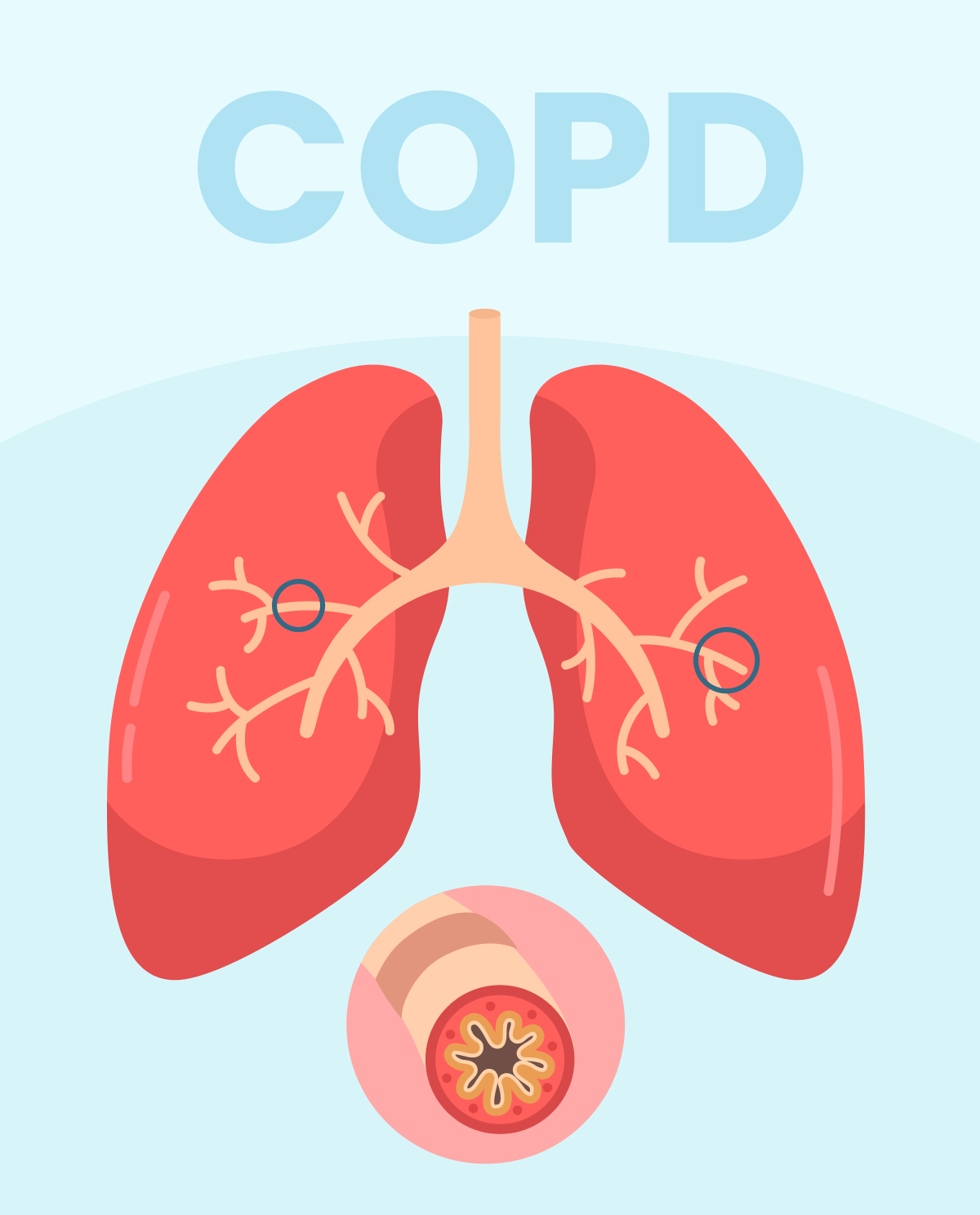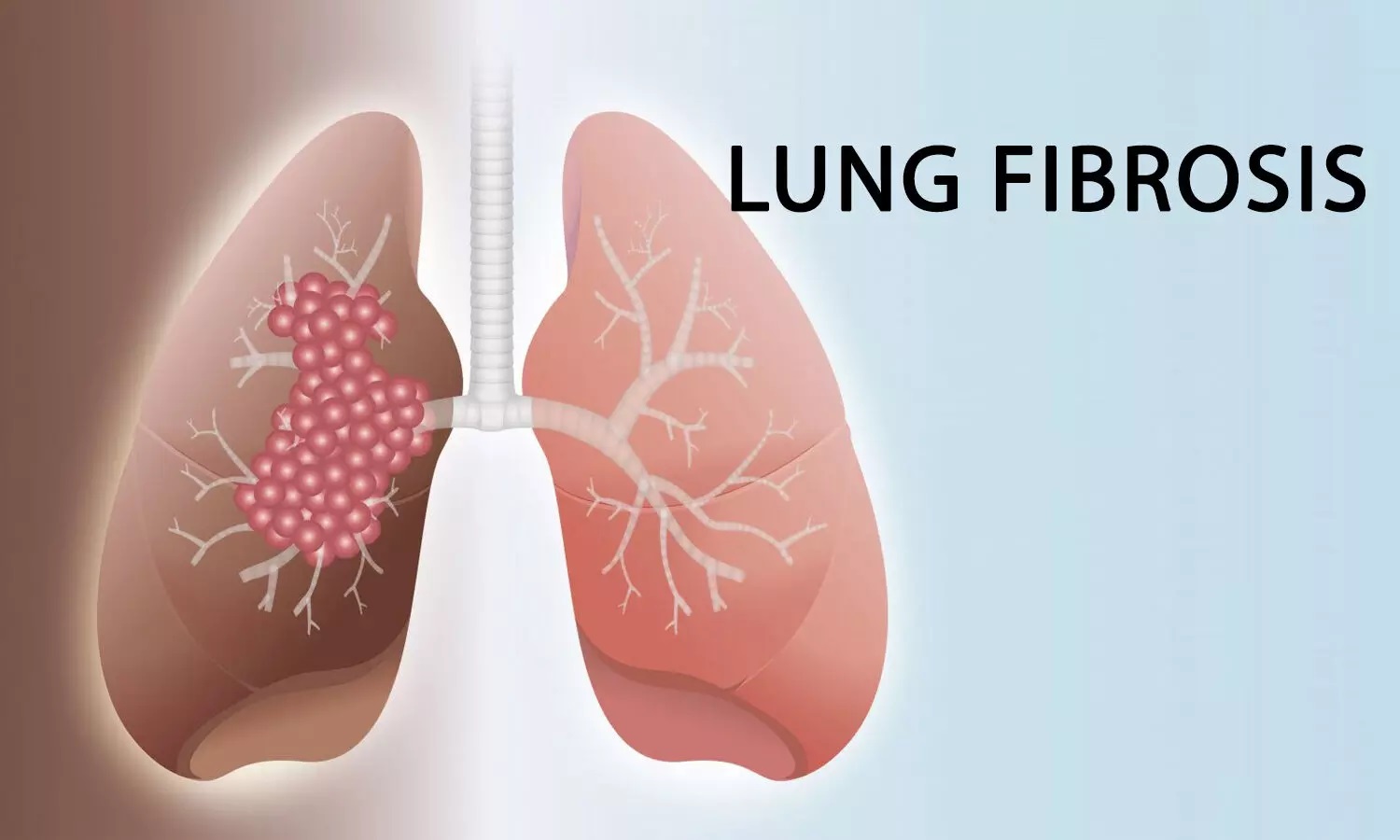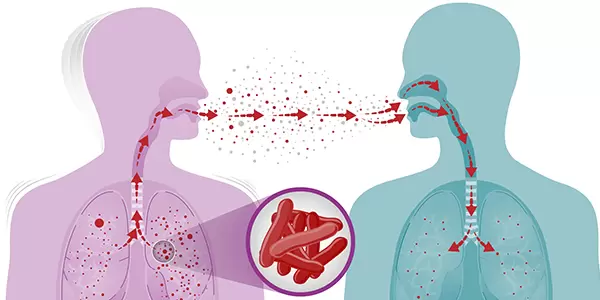Creating a clean and asthma-friendly home environment is essential for managing asthma symptoms and reducing potential triggers. Here are some steps to help you create an asthma-friendly home:
1. Regular Cleaning:
– Dust and vacuum your home regularly, using a vacuum cleaner with a HEPA filter to trap allergens.
– Use a damp cloth for dusting to prevent dust from becoming airborne.
– Wash bedding, curtains, and upholstery frequently in hot water to kill dust mites.
2. Reduce Allergens:
– Encase pillows, mattresses, and box springs in allergen-proof covers to prevent dust mites from infiltrating.
– Minimize or remove carpeting, as it can trap allergens. Opt for hard flooring like wood or tile.
– Wash or replace pet bedding regularly and groom pets to reduce dander.
– Use high-efficiency particulate air (HEPA) air purifiers to help remove allergens from the air.
3. Control Humidity:
– Keep humidity levels in your home between 30% and 50% to discourage the growth of mold and dust mites. Use a dehumidifier or air conditioner if necessary.
4. Address Mold:
– Fix any leaks or water damage promptly to prevent mold growth.
– Use exhaust fans in bathrooms and kitchens to reduce humidity levels.
5. Ventilation:
– Ensure proper ventilation in your home to improve indoor air quality.
– Use exhaust fans or open windows when cooking or showering to remove moisture and odors.
6. Avoid Smoking:
– Do not smoke indoors. Ensure that your home is a smoke-free environment.
7. Choose Low-Emission Products:
– Use low-VOC (volatile organic compounds) or VOC-free paints, adhesives, and cleaning products to minimize indoor air pollution.
8. Regularly Change Air Filters:
– Change the filters in your heating and cooling systems regularly. Use filters that are rated to capture small particles.
9. Keep Clutter to a Minimum:
– Reducing clutter can make it easier to clean and reduce the hiding spots for dust and allergens.
10. Bedroom Optimization:
– Encase pillows, mattresses, and box springs in allergen-proof covers.
– Consider using hypoallergenic bedding materials.
– Wash and change bedding regularly.
11. Control Pest Allergens:
– Seal any cracks or openings in your home to prevent pests like cockroaches from entering.
– Use traps or baits to control pests rather than chemical sprays.
12. Create a No-Shoes Policy:
– Have a designated area near the entrance for taking off shoes. This helps prevent tracking in outdoor allergens and pollutants.
13. Store Chemicals Safely:
– Store household cleaning products and chemicals in a well-ventilated area away from living spaces.
14. Regularly Replace Filters and Clean Ducts:
– In addition to changing air filters, consider professional duct cleaning to remove dust and allergens from your HVAC system.
15. Asthma Action Plan:
– Work with your healthcare provider to create an asthma action plan that includes steps to take in case of an asthma exacerbation.
By implementing these measures, you can significantly reduce potential asthma triggers in your home and create a cleaner, healthier living environment that is more conducive to managing asthma symptoms. It’s also advisable to consult with your healthcare provider for personalized recommendations and asthma management strategies.
You may want to consider scheduling a consultation with Dr. Parthiv Shah at Sparsh Super Speciality Lung Clinic in Borivali, specializing in asthma treatment. Dr. Shah can evaluate your condition and provide guidance on whether a referral to a pulmonologist is warranted.



